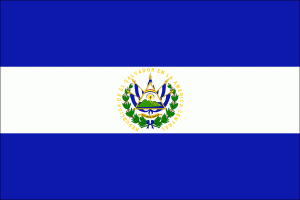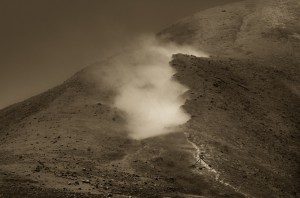We highlight some of the items that have caught our eye in the news recently
Volcanic History
In a recent study, published in IOP Science, Irish historical records were used to trace the impact of volcanic eruptions on climate over a 1200 year period. Geological events are recorded by geochemical proxies and physical changes within the rocks – these are the lines of evidence that geologists are trained to interpret. It is important to remember, however, that any changes at the Earth’s surface that affect humans, such as natural disasters and changes in climate, will be recorded in historical records too. Working alongside historians can help us to understand the behavioural patterns of dynamic features such as volcanoes.
You can read the research paper or the BBC article explaining the importance of the findings.
There are multiple different ways that people can die as a result of a volcanic eruption. They include the direct effects of the hot ash and poisonous gases, as well as the knock-on effects such as mud flows resulting from rapid melting of glaciers.
The BBC explain these here.
Oil and Natural Gas in East Africa
Sudan and South Sudan are no strangers to oil and gas exploitation, but the rest of East Africa has never had a large resource sector. Recent sizeable finds in five East African countries (Mozambique, Tanzania, Uganda, Kenya, and Madagascar) will undoubtedly affect the whole region. The US Energy Information Administration, who provide independent statistics and analysis, have released a report on oil and natural gas in East Africa.
Metal or Water – which would you rather have?
 Clean water is becoming an increasingly precious resource – so why are we letting some water supplies become contaminated by mining companies in pursuit of metals? The people of El Salvador have been asking this question loudly, and they may become the first country to permanently ban metal mining from their land. This move would be welcomed by the majority of the population, who have witnessed the San Sebastian river run orange as it has been polluted through acid mine drainage.
Clean water is becoming an increasingly precious resource – so why are we letting some water supplies become contaminated by mining companies in pursuit of metals? The people of El Salvador have been asking this question loudly, and they may become the first country to permanently ban metal mining from their land. This move would be welcomed by the majority of the population, who have witnessed the San Sebastian river run orange as it has been polluted through acid mine drainage.
Meera Karunananthan writes more about this issue in an article for the guardian.
Hearing tsunamis
We may not be able to predict earthquakes, but we could potentially use earthquakes to predict tsunamis. Researchers at Stanford University have studied the waveforms produced by the 2011 Japanese undersea earthquake. They believe that if the waveforms had been properly interpreted at the time, they would have known to expect a large tsunami, allowing early warning systems around the coastline to be activated sooner.
You can read the report here.

